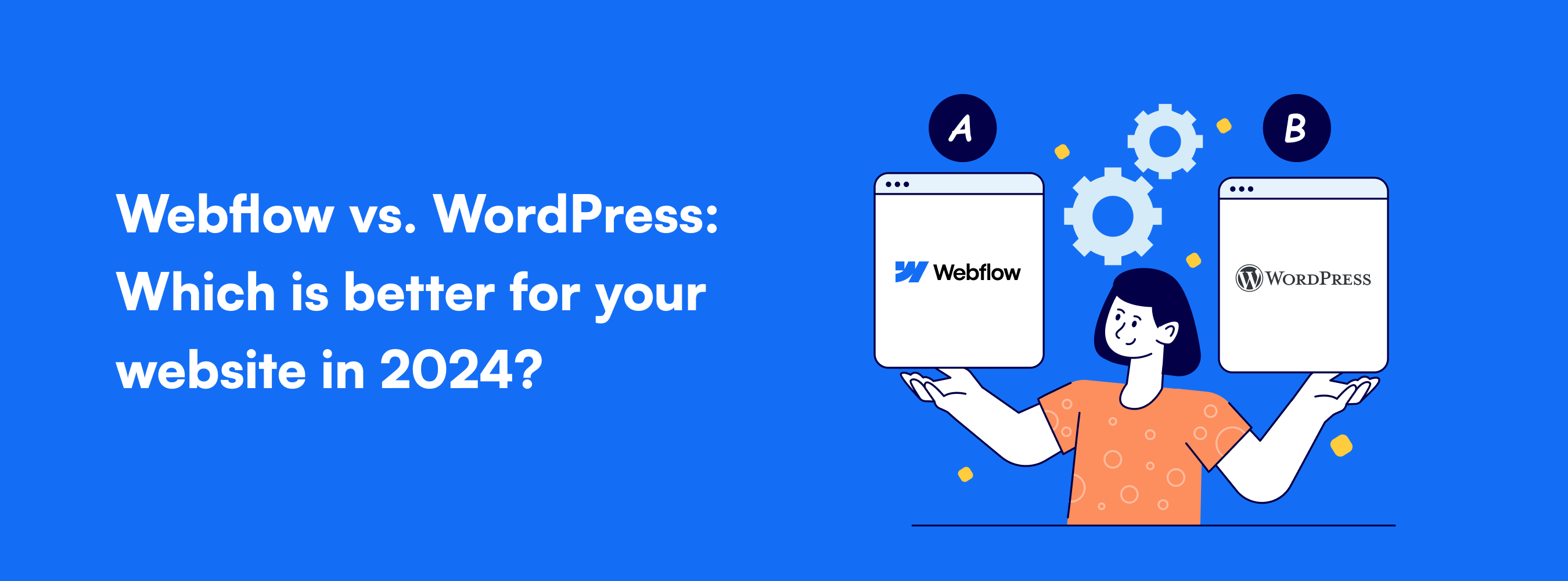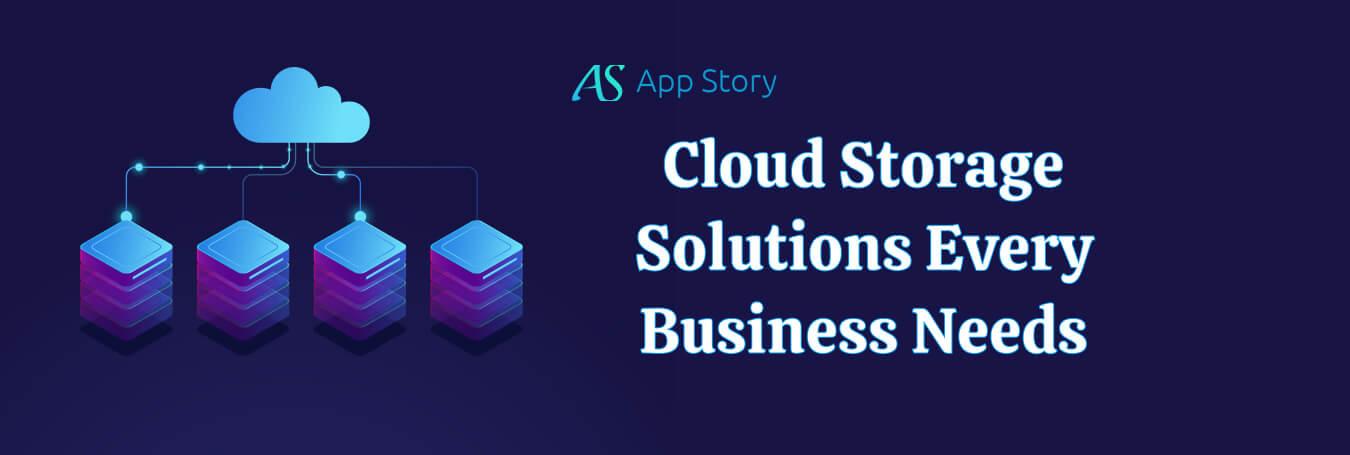The availability of many new groundbreaking technologies has made developing mobile and web applications easy, but only for web development companies. For a non-technical person, it is still the puzzle! And, unfortunately, all entrepreneurs are non-technical persons!
Not knowing the way a mobile or web application is working is very fatal for an entrepreneur and his startup – he cannot find the target audience, he cannot convert them into customers, he cannot estimate the web or mobile application’s future maintenance expense. This has become more obvious as web development companies nowadays never share the internal parts (or business logic) of the web or mobile application with the owner of it.

However, generally, a mobile or web application is developed using either micro-service architecture or monolithic architecture. Since both of these architectures are having universal development patterns and components, an entrepreneur can easily understand the working model of his app.
But that is not the only thing that he needs to understand. He also needs to know on which architecture, his hired web development company is going to develop mobile or web applications as both of these architectures have their own disadvantages and advantages.
So, in this blog, we will discuss the difference between microservice architecture and monolithic architecture. We will also recognize the significance of choosing the right architecture and ways to choose the right one.
What is a microservice architecture?
Microservice architecture which is generally considered as only ‘microservices’ is nothing but an architectural style that forms an application as a collection of small services deployed around the core business logic. In such kind of architecture, each service has its own task to perform and it is self-contained. Not only this, services in the microservice architecture enjoys own execution environment to execute their functionalities. A single service also has own dataset which gets updated by that service only. The service dictionary helps microservices to know the path of communication and perform the operation.

To understand it more rationally, let’s assume a web development company is developing a taxi app like Uber using microservice architecture. The first thing they accomplish is a business logic that defines services, events and objects. Surrounding the business logic, there is a force of services which are responsible for satisfying a single function at a given time.
For instance, a payment service is only responsible for keeping track of inbound and outbound payment transactions. A map service is responsible for showing the map and enabling navigation in the app. These services (Payment and map) is connected with the core business logic of the taxi app via APIs.
In recent times, the microservice architecture has become popular due to so many obvious reasons. If an entrepreneur is wishing to develop mobile or web applications with single-function modules, microservice architecture does justice with his choice in the best possible way.
The following are the top advantages and disadvantages of microservice architecture you are advised to know before opting for it.
Advantages of micro-service architecture
-
Faster to develop, easier to maintain
A microservice architecture decomposes the app into a different service set. Meaning, whenever in the future, there will be a need for an update, all one should do is find the relevant service and update its code only. Not only future update, but a web development company can develop the web and mobile application faster using microservice architecture as it allows them to write code of many services at once. (this will lead us to the next benefit.)
-
Agile development approach
Since microservice architecture lets a web development company write code of services individually, they can employ many developers to write code of many services at the same time and follow the agile development approach in the genius manner.
-
Freedom to choose the right technology
If a development company is developing mobile or web applications using microservice architecture, developers can choose any suitable technology as most of the functions are achieved through services and APIs.
-
Individual deployment
The groundbreaking advantage of the microservice is individual deployment. As it allows to deploy every microservice individually, continuous deployment of the complicated applications is possible.
Drawbacks of the microservice architecture
-
Complex development
Developing mobile or web application using micro-service architecture is the complex task, simply by the fact that developers have to establish connections between service APIs and core business logic of the web or mobile applications. Apps developed using microservices are distributed systems!
-
Complex database
The app developed using microservice architecture works with a partitioned database. Meaning, databases which are owned by different services and database owned by core business logic both should get updated with every new business transaction.
-
No scope to update multiple services at once
If a situation to implement changes in all services arises, developers should update each service separately which is really a tedious and time-consuming task.
Now let’s bite the other half of the sandwich!

What is monolithic architecture?
The concept of monolithic architecture is very ancient. Basically, the buildings which are carved from a single piece of the material was called monolithic architecture-style buildings. The same concept applies to mobile or web application development.
A mobile or web application developed in monolithic architecture is nothing but a single-tiered software application. In such kind of software application, all components are combined into a single program from a single platform.
These components include UI, business logic, database, application integration, and different modules.
To understand this more rationally, let’s take an example. Suppose, a web development company is developing an eCommerce website following monolithic architecture. Since they are following monolithic architecture, they try to fit all components in the core business logic. In other words, the code for authorizing customer, taking the order, checking product inventory, authorizing payment and shipping orders isn’t independent. And thus, the eCommerce application having different modules, services and components are deployed as a single application.
Though compared to multiservice architecture, the monolithic architecture seems not feasible at first glance, it has many advantages.
The following are the top advantages and disadvantages of monolithic architecture.
Advantages of the monolithic architecture
-
Zero dependency
Unlike the microservice architecture, developers should not worry about establishing the connection between APIs and core business logic in a monolithic architecture. And so, the need for compatibility between APIs and core business logic is wiped out automatically.
-
Easy error tracking
Since in monolithic architecture, all transactions are stored in the same database, it is easy to find the error.
-
Easy development (not faster)
Unlike an app developed in a microservice architecture, the app developed using monolithic architecture isn’t a distributed system. Meaning, a newbie developer with a limited amount of knowledge can develop mobile or web application in a monolithic architecture.
Disadvantages of the monolithic architecture
-
Lack of flexibility
Monolithic architecture comes with a lack of flexibility. Unlike microservice architecture, if one is developing app following monolithic architecture, he cannot simply use different technologies to develop different modules of the app.
-
Development speed
Development isn’t fast in a monolithic architecture. And if the application is large, the time taken to develop app would increase significantly. Not only development, but the execution of the application is also slow. As the size of the code increases, the IDE gets overloaded which results in slower program execution.
-
Poor scalability
When the app becomes large or attracts more users, the monolithic application becomes difficult to scale. Even if developers add balancer in the app to distribute the traffic, an app developed in monolithic architecture cannot run fast enough in the presence of many users.
Till now, we have discussed microservice architecture, monolithic architecture and their advantages and disadvantages. Now, let’s move ahead and learn how to choose the right one for your project.

How to Choose Between Monolithic and Microservice Architecture?
Considering the fact that both architectures are having advantages as well as disadvantages, deciding one between these two isn’t as easy as pie. But by answering a few questions, you can know which one is the best suitable approach for your mobile or web application.
Are you knowing the veins of the sector you are working in?
If you are familiar with the sector you are working in and you know the demand and the requirements of the market, it is advisable to develop a system with a definite structure. Meaning, microservice architecture is the best choice in case you are aware of the nuts and bolts of the industry.
Do you have a prepared team?
Your team is responsible for actualizing the web or mobile application using the architecture you decide. But before you decide the architecture, you have to validate how prepare your team is? Are they feel confident while working on microservice or monolithic architecture? Will they update the developed app in the future? You are required to collect answers to all these questions in order to know the parity between your expectations and your team’s expertise!
What is your infrastructure?
From development to deployment, you will need cloud infrastructure if you are playing around monolithic architecture. And in a microservice architecture, you have to set up a database server for every microservice which is a very resource-heavy task for a startup.
If you are still in a dilemma, the following list would help you to select the right one.
Choose monolithic architecture, if
- Your startup is at the founding stage.
- You just want to develop a proof of concept.
- You have a lack of experience working in microservice.
- You have experience of working on solid frameworks such as Ruby on Rails, and Laravel.
Choose microservice architecture, if
- You are looking for quick delivery
- You are having the plan to extend your team
- You are a fan of efficiency
- You don’t have any deadline
In the nutshell
For many startups, mobile or web application is the only channel to communicate with users, convert them into customers and earn a profit. So, it is not at all safe bet to goof up the development approach of such an important asset.
Microservice architecture reduces app development time and cost. It also offers more efficiency to the web or mobile application. Developers developing mobile or web applications using microservice architecture can develop it in such a way that it is easy to maintain and update. This simply means that a startup can derive many benefits if they choose microservice architecture.
However, monolithic architecture is also capable of giving advantages. It allows developers to develop mobile or web applications without worrying about the compatibility between APIs and core business logic. It is also easy to develop mobile or web applications in monolithic architecture as an app developed in monolithic architecture isn’t a distributed system. But the decision to select one from these two always depends on the expertise web developing company is carrying!






 United States
United States United Kingdom
United Kingdom India
India Canada
Canada Singapore
Singapore



































